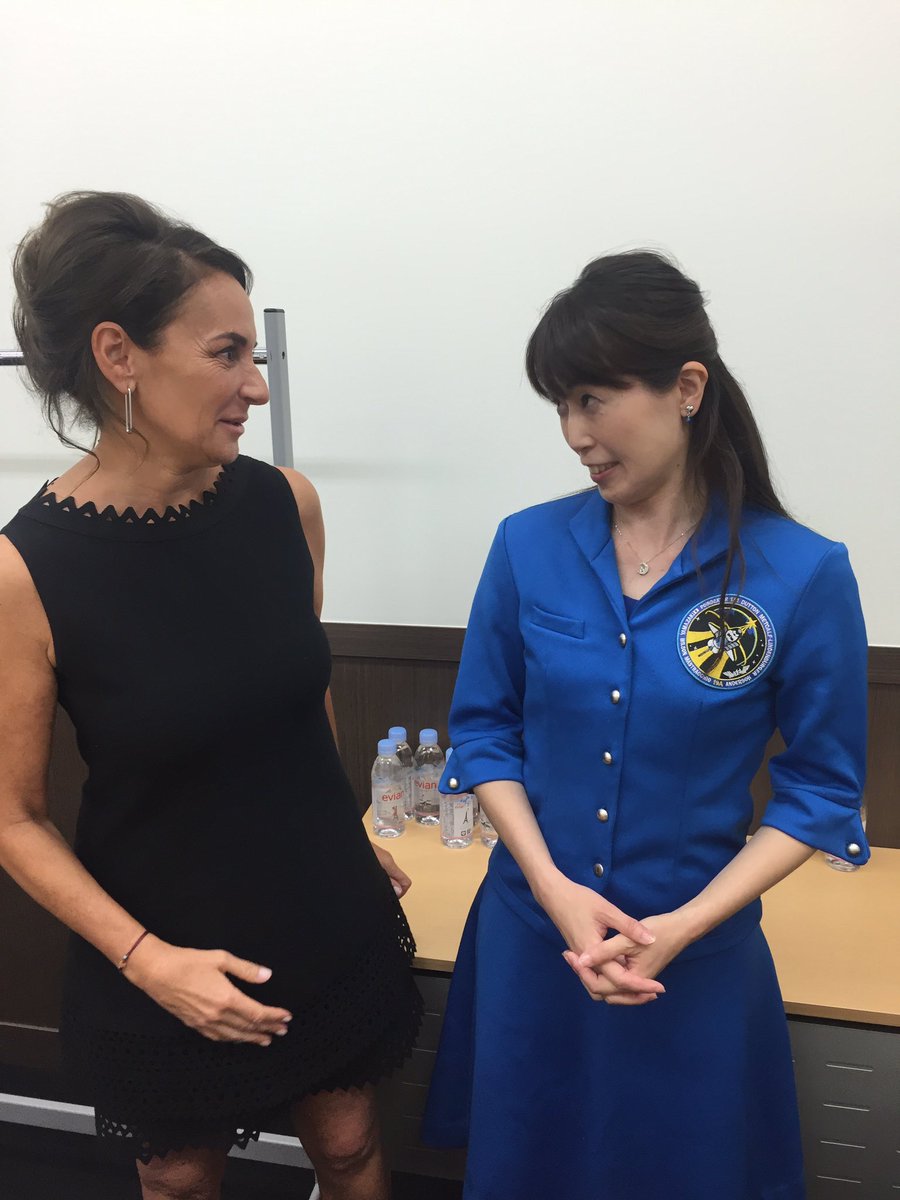

"If one had ancestors, for example, in Germany in the 1800's, one could start by looking up Germany," Mrs. In the Family Search system, she said, the Family History Library Catalogue enables searchers to pull up the localities they are interested in. Freedman said, sitting in front of a screen and keyboard and punching in a series of numbers and codes. Freedman, David Bishop, a technical services coordinator, and Jan Larkin, the patron-services coordinator, and a dozen or so other volunteers guide visitors through the various systems. In addition to Family Search, the center here has microfilm, microfiche and printed material. The library has amassed 200,000 books, 500,000 rolls of microfilm, 90,000 rolls of microfiche and 70,000 family newsletters. Use of the center is free but there is a $3 mailing and handling charge for sending away for microfilm or microfiche. It is open to anyone on Tuesdays from 7 to 9:30 P.M., Wednesdays 9:30 A.M. The Family History Center is not restricted to Mormons.

"There was great sorrow, but I know we will see each other again," Mrs. One of their children, a boy named Richard, died of a brain tumor 29 years ago, when he was 7. Freedman's husband, Eugene, is a bishop of the local congregation here. There is a similar Mormon center in Yorktown.A Sense of Continuity Freedman is director of the Family History Center here, which is one branch of a vast, nationwide network of computerized, categorized genealogies with headquarters at the Family History Library in Salt Lake City. "Families are forever," said Claire Freedman. "I've traced my family back many, many generations," she said, holding up two thick notebooks in which she keeps her records. Wilson said, adding that she has done "dozens of sealings." This is why it is so important for Mormons to trace their genealogy, Mrs. This process is called sealing and is performed in a temple.'Many, Many Generations'īecause the Church of Jesus Christ of Latter-day Saints was founded by Joseph Smith in 1830, members have ancestors who were not Mormons and who need to be sealed.

Children will meet parents, grandparents, great-grandparents even relatives - cousins, aunts, uncles or in-laws - they might never have actually known but will recognize and embrace.īut to insure that these reunions take place, living family members must induct the dead into the Mormon faith posthumously if they were not members during their lives. But the Mormon Family History Center here is crowded with people hunched over computers and microfilm machines, searching for the names of their ancestors.Īmong them is Rhenda Wilson, a 38-year-old member of the church, who believes with her fellow Mormons that families are reunited after death.


 0 kommentar(er)
0 kommentar(er)
